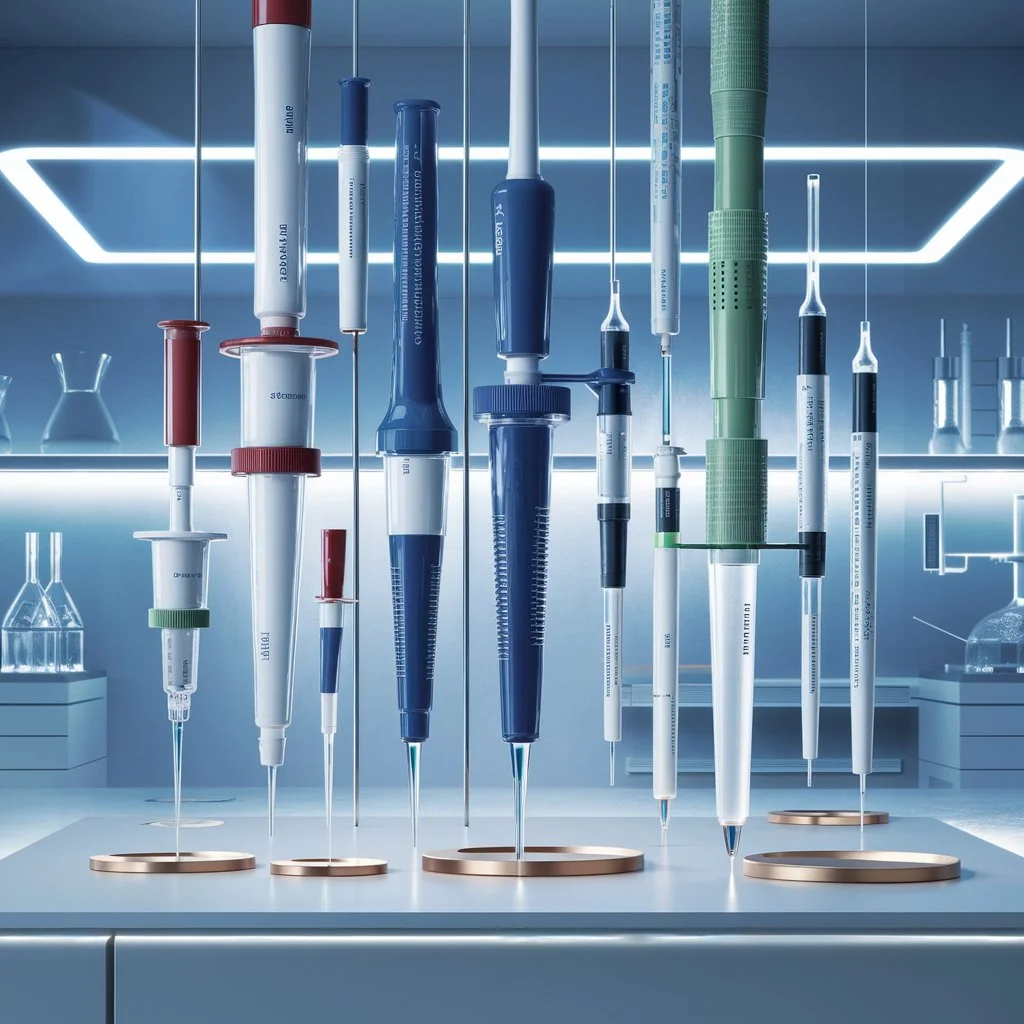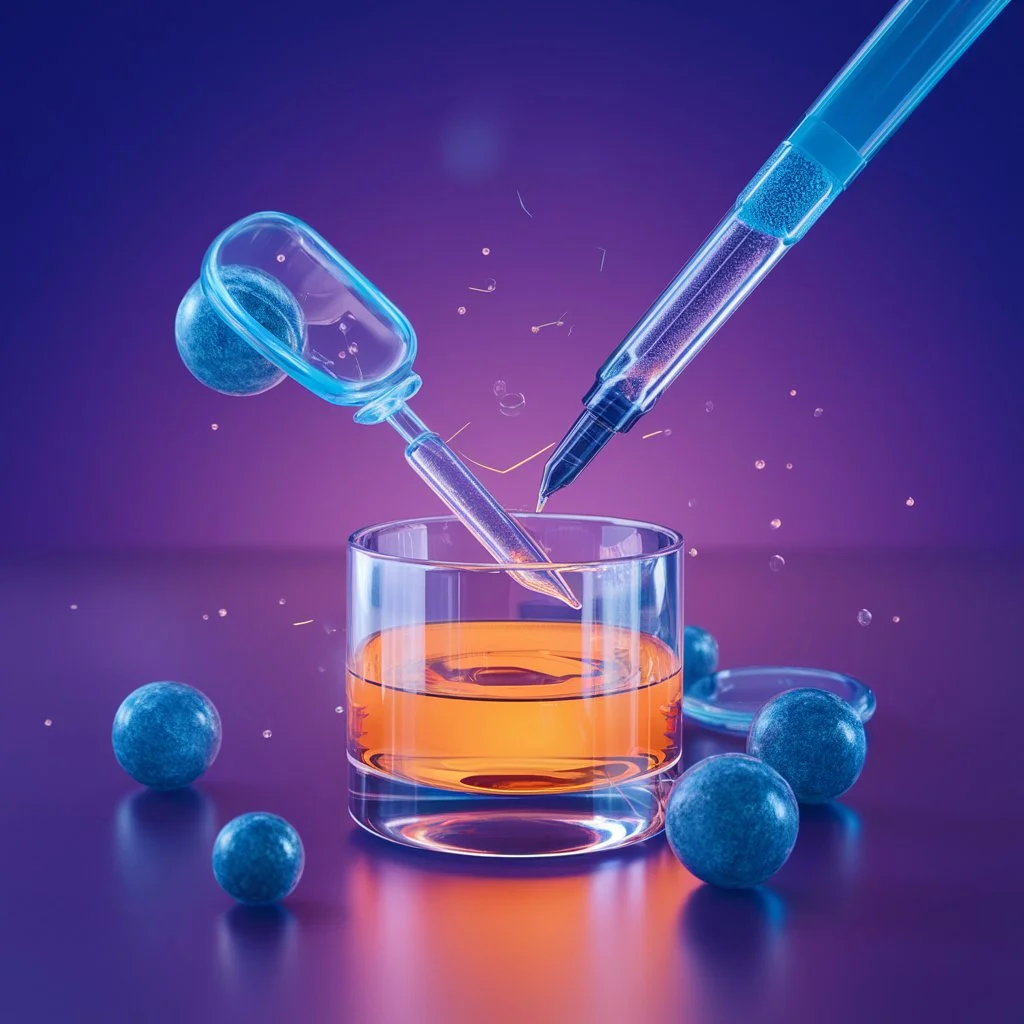Pipetting is an essential skill in laboratory science, critical for ensuring accurate and reliable results. Whether you’re a seasoned researcher or just starting out, understanding the nuances of pipetting can make a significant difference in your experiments. In this comprehensive guide, we’ll delve into the intricacies of pipetting, covering everything from the basic principles to the latest technological advancements.
What is Pipetting?
Pipetting is a technique used in laboratories to transfer precise volumes of liquids from one container to another. This technique is foundational in various fields, including chemistry, biology, and medicine, where accuracy and precision are paramount.
Importance of Accurate Pipetting
Accurate pipetting ensures that experiments are reproducible and results are reliable. Even minor deviations in liquid volumes can lead to significant errors in experimental outcomes, affecting the validity of the research. For example, in quantitative PCR, a slight error in pipetting can lead to incorrect quantification of DNA or RNA, skewing the results.
Types of Pipettes

Pipettes come in various designs and types, each suited for different applications. Understanding these types helps in choosing the right pipette for your specific needs.
Manual Pipettes
Manual pipettes are the most commonly used type in laboratories. They are operated by hand and come in several variations:
- Single-Channel Pipettes: These pipettes have one channel and are ideal for transferring small volumes of liquid. They are commonly used in routine lab work.
- Uses: Suitable for low-throughput tasks and precision work.
- Advantages: High accuracy and ease of use.
- Multi-Channel Pipettes: Multi-channel pipettes have multiple channels (usually 8 or 12) and allow for simultaneous pipetting of several samples.
- Benefits: Increases efficiency and consistency in high-throughput applications.
- Applications: Often used in plate-based assays and liquid handling tasks in microbiology.
Electronic Pipettes
Electronic pipettes feature programmable functions, which can enhance precision and ease of use. They often include:
- Programmable Volumes: Users can set and recall specific volumes, reducing manual adjustments and errors.
- Reduced Physical Effort: Electronic controls minimize strain, especially useful in repetitive tasks.
Positive Displacement Pipettes
These pipettes are designed to handle viscous or volatile liquids. They work by having a piston directly in contact with the liquid, which helps in dispensing precise volumes.
- Applications: Ideal for liquids that are difficult to handle with standard air-displacement pipettes.
- Advantages: Reduces errors in handling sticky or foaming substances.
Pipette Tips
Choosing the right pipette tip is crucial for maintaining accuracy:
- Sterile Tips: Prevent contamination and are essential for sensitive applications like cell culture.
- Filter Tips: Equipped with a filter to prevent aerosol contamination, protecting both the pipette and the samples.
How to Pipette Correctly

Correct pipetting technique is vital for achieving accurate results. Here’s a step-by-step guide:
Preparation
- Calibration: Ensure that your pipette is calibrated regularly. Calibration should be done according to the manufacturer’s instructions to maintain accuracy. For instance, many laboratories calibrate their pipettes at least once a year or after significant use.
- Conditioning: Before use, condition your pipette by drawing and dispensing liquid a few times. This helps in stabilizing the pipette and ensuring accurate measurements.
Technique
- Aspiration: Immerse the pipette tip in the liquid, depress the plunger to the first stop, then slowly release it to draw the liquid into the tip. Avoid touching the sides of the container, as this can affect volume accuracy.
- Dispensing: Position the pipette tip above the receiving container, press the plunger to the first stop to dispense, then to the second stop to expel any remaining liquid. Make sure to avoid creating bubbles or droplets.
Common Mistakes
- Inconsistent Pipetting Speed: Drawing and dispensing liquid at varying speeds can cause inaccuracies. Maintain a steady pace to ensure consistency.
- Improper Tip Immersion: Not immersing the tip enough can lead to partial filling and inaccurate measurements.
Best Practices in Pipetting
Following best practices can significantly improve the accuracy and reliability of your pipetting:
- Consistency: Use a consistent pipetting technique to reduce variability. This includes maintaining a steady hand and consistent speed during aspiration and dispensing.
- Cleanliness: Keep pipettes and tips clean to avoid contamination. Regularly clean and sterilize equipment according to lab protocols.
- Maintenance: Perform routine maintenance on your pipettes, including checking seals, cleaning components, and replacing parts as needed. This helps in preventing drift and ensuring accurate performance.
- Training: Ensure that all personnel are well-trained in pipetting techniques. Regular training sessions can help in maintaining high standards and reducing errors.
Technological Advances
Pipetting technology continues to evolve, bringing new features and improvements:
Innovations in Pipette Design
- Automation: Automated pipetting systems have revolutionized high-throughput laboratories. These systems can handle large volumes and multiple samples with minimal manual intervention.
- Smart Pipettes: Modern pipettes come with integrated sensors and software that provide real-time feedback on pipetting accuracy and performance. These smart features help in ensuring precise measurements and reduce the likelihood of errors.
Future Trends
- Miniaturization: Advances in microfluidics are leading to the development of smaller, more precise pipetting tools for applications requiring minute quantities of liquids.
- Integration with Lab Management Systems: Future pipetting systems may be integrated with laboratory information management systems (LIMS) for seamless data recording and analysis.
Conclusion
Pipetting is more than just a routine laboratory task; it’s a critical component of accurate scientific work. By understanding the types of pipettes, mastering correct pipetting techniques, adhering to best practices, and staying abreast of technological advancements, you can significantly enhance the quality of your work.

John Williams is a versatile blogger with a passion for capturing the pulse of contemporary culture. With years of experience under his belt, he expertly covers a wide range of topics, from the latest in entertainment to breaking news stories. His engaging writing style keeps readers informed and entertained.
